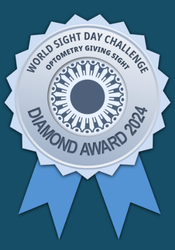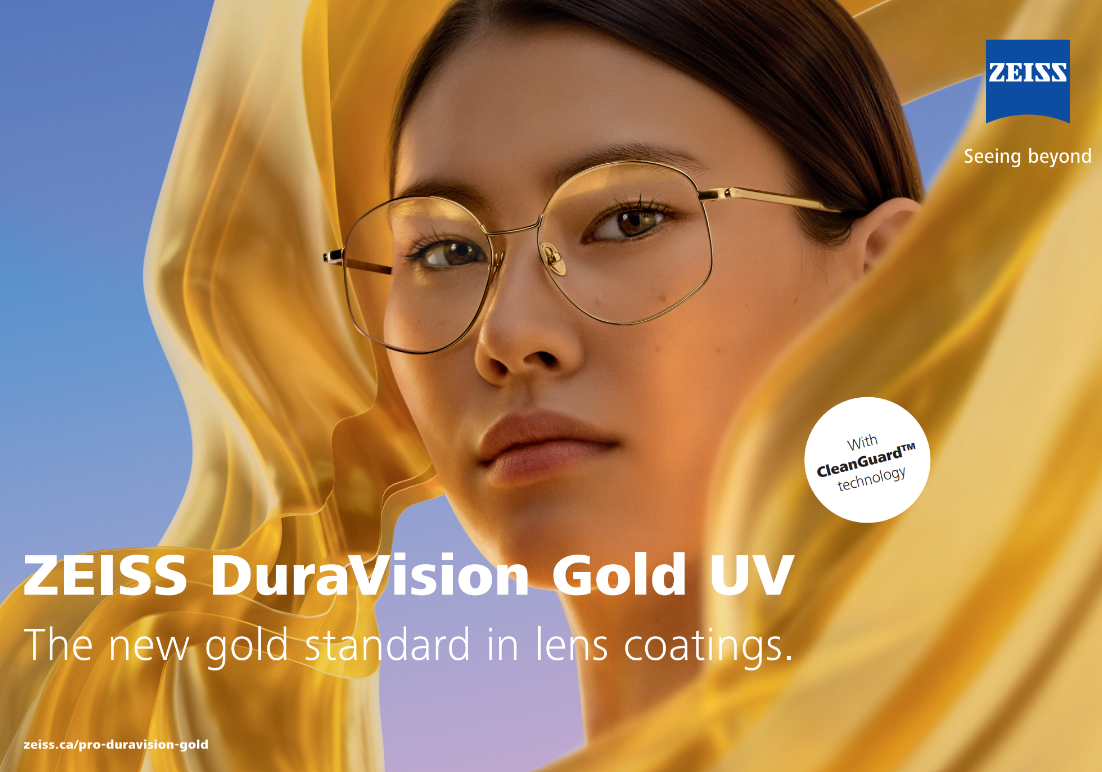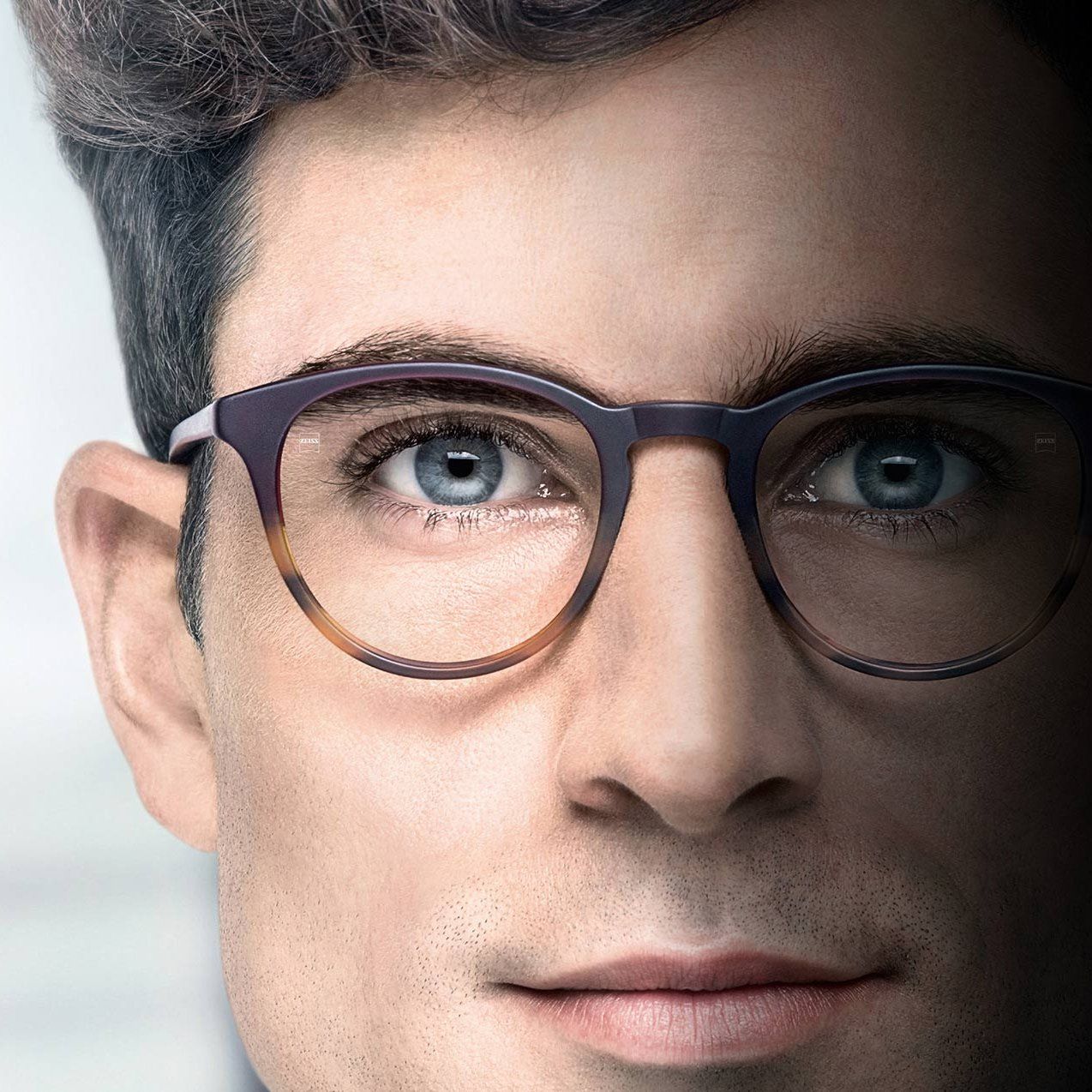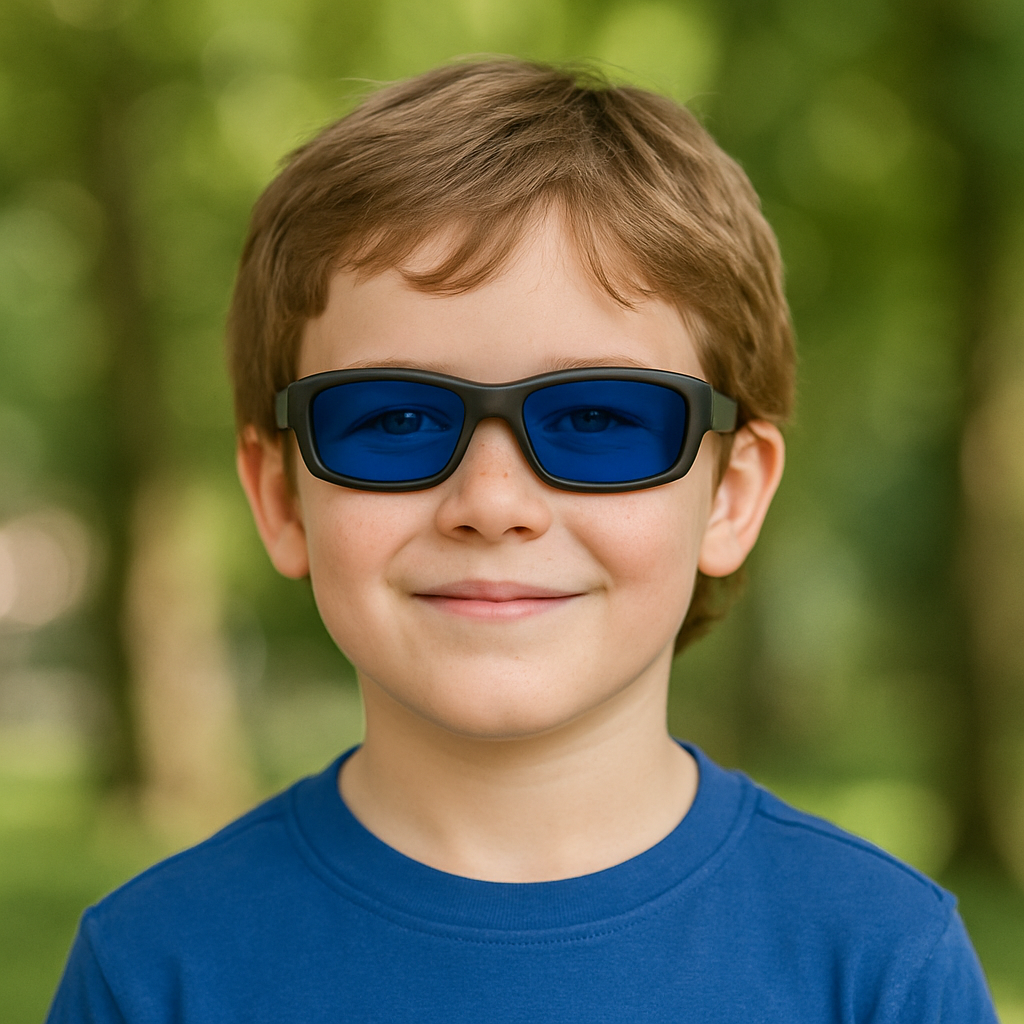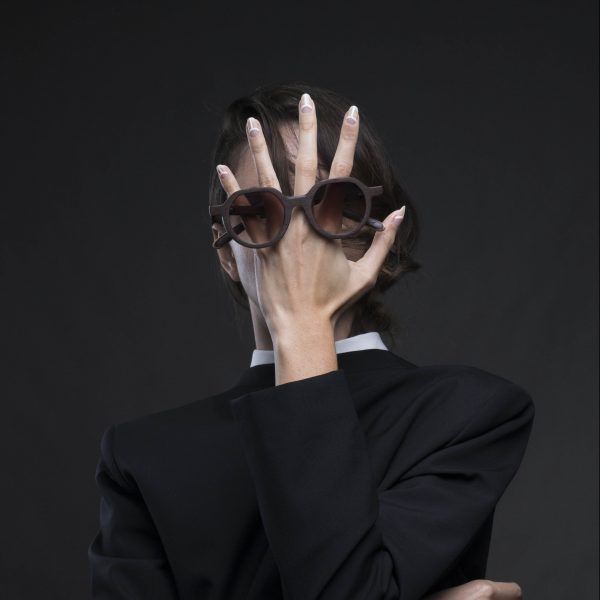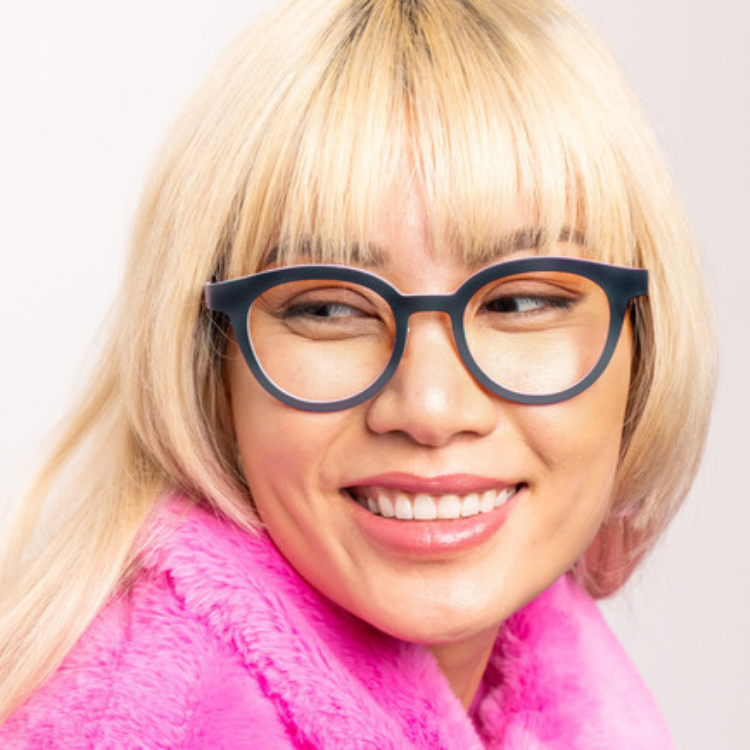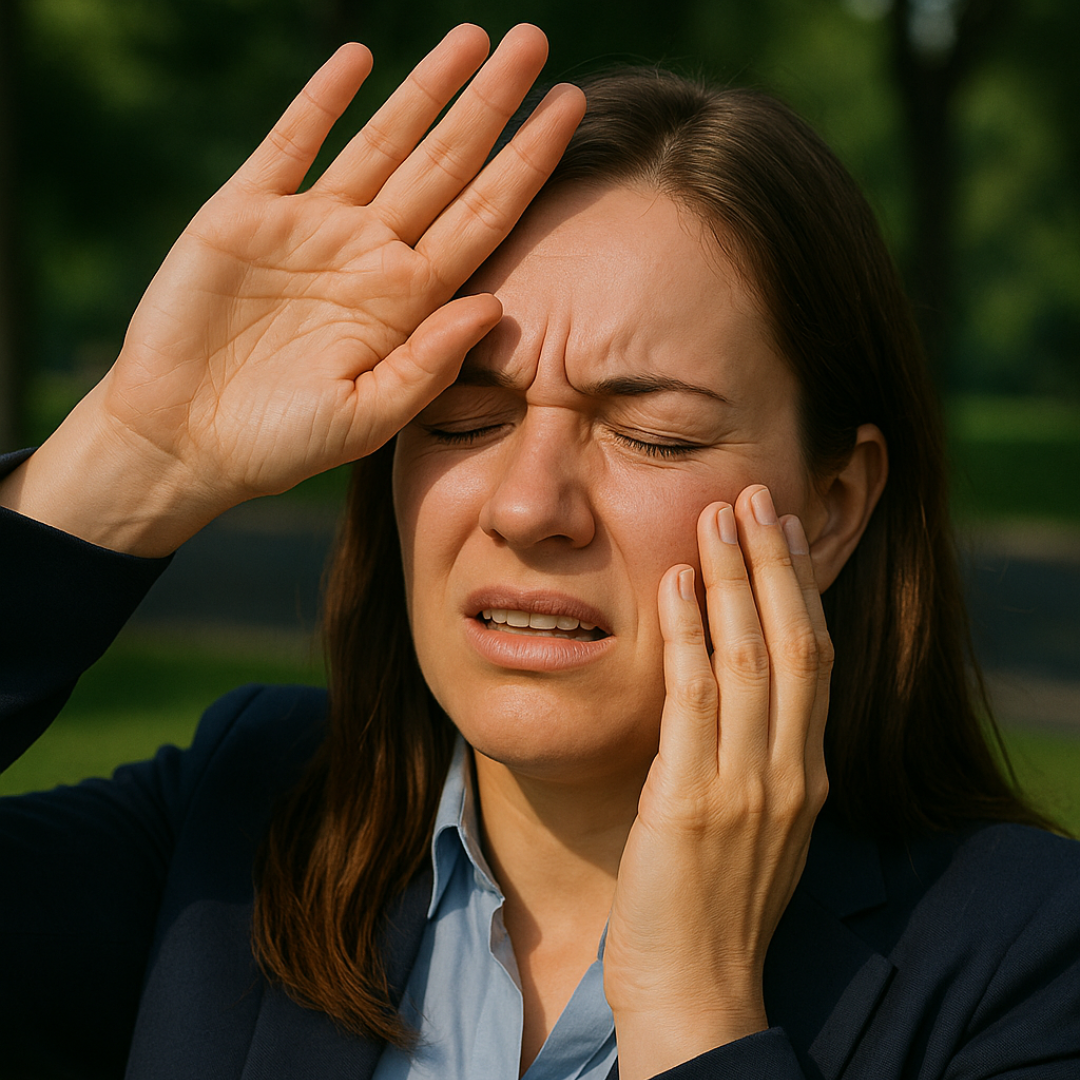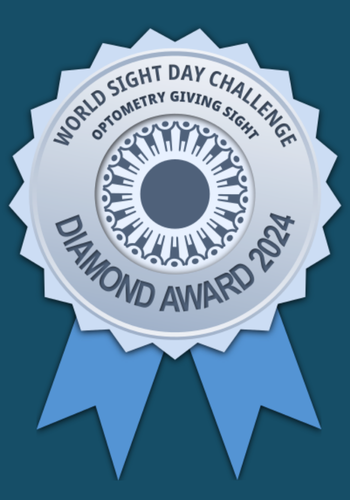Can the sun really damage my eyes?
The sun is the major source of UV (ultraviolet) radiation! There are two types of UV rays (UVA & UVB) that get through our atmosphere and they are both invisible to the naked eye . These harmful rays can age skin, damage cell DNA, and increase risk for skin cancer.
Every day, whether it is sunny out or overcast, your skin and eyes are exposed to UV rays. Too much unprotected exposure to UV rays can cause acute photo keratitis (sunburn of the eye), pinguecula (Growth on the eye), increased risk for cataract development and increased risk of macular degeneration (Vision Loss). The damage is cumulative over one’s lifetime, so it is very important to protect your eyes every day in all light conditions .
How do you prevent this?
Fortunately, the solution is easy! Damage can be prevented by wearing UV eye protection. Wearing sunglasses with 100% UV protection is the best way to shield your eyes from the sun. Buying your sunglasses from your local eye care professional provides you with the reassurance that your sunglasses have the adequate amount of UV filtering. Buying sunglasses from street vendors is risky, no matter how dark the lens appears, there is no assurance that the lens will protect against UV rays.
What does UV 400 mean?
“ UV 400 ” means the lens blocks all light rays with wavelengths up to 400 nanometers. (This covers all of UVA and UVB rays. Make sure your sunglasses protect you from 99 to 100% of both UVA and UVB light. This includes lenses labelled as UV 400. All sunglasses sold at Mountain View Optometry are guaranteed to be UV 400.
Do darker sunglass lenses provide more UV protection than lighter lens tints?
Darker sunglasses decrease the amount of visible light that passes through the lenses compared to sunglasses with lighter lens tints. This does not necessarily provide greater protection from UV rays. (Remember UV rays are invisible!)
What are photochromic lenses?
In addition to sunglasses, another great way to protect your eyes from everyday exposure to UV rays is photochromic lenses. These specialty eyeglass lenses darken when exposed to UV radiation. When indoors, the lenses return to their natural clear state. The most common brand of photochromic lenses is ‘ Transitions Lenses’. Because UV rays penetrate through clouds, transition lenses will darken on overcast days as well as sunny days. Photochromic lenses typically do not darken behind the windshield (because windshield glass blocks UV rays) and therefore we often recommend supplementing your everyday eyeglasses with prescription or non-prescription sunglasses. Sunglasses also provide more coverage for the sensitive skin around your eyes, more wrap to block out light from the sides, and often are darker for brighter light conditions.
Should kids wear sunglasses?
YES! Children’s sunglasses are essential!! Children are at increased risk because they are in the sun much more than adults. Their eyes are more sensitive as well. Remember UV damage is cumulative over a person’s lifetime. Therefore, we should start protecting our children from UV damage as early as possible. Ask our staff about every day UV protection with transitions lenses and our great selection for children’s sunglasses.
If your child wears contact lenses, there are also options for UV blocking contact lenses . This is however not a substitute to sunglasses because they do not completely cover the eye and surrounding skin. They are a great addition to sunglasses for every day exposure.
If you have any questions regarding sunglasses, photochromic lenses, UV blocking contact lenses, and UV damage to your eyes come in and see one of our Optometrists. They would be happy to answer all your questions!
- Dr. Lindsay Copeland

